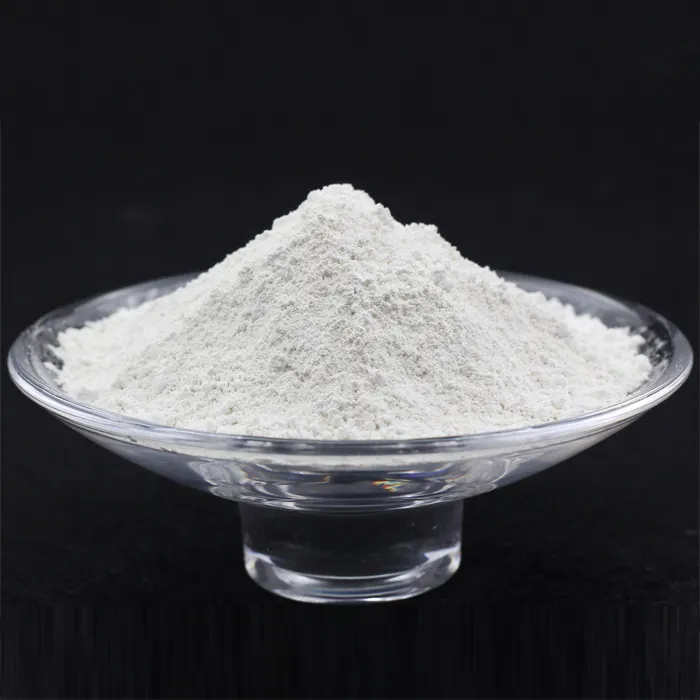The Essential Role of Chemicals in Water Treatment Plants
Water treatment plants play a crucial role in providing safe and clean drinking water to communities around the world. To achieve this goal, these facilities employ a variety of chemicals that help purify water and ensure it meets safety standards. This article explores the essential chemicals used in water treatment, their functions, and the importance of effective management in the treatment process.
Coagulation and Flocculation
One of the primary stages in water treatment is coagulation and flocculation, where chemicals are added to promote the aggregation of particles. Coagulants like aluminum sulfate (alum) and ferric chloride are commonly used to destabilize suspended particles in the water. When these chemicals are introduced, they neutralize the electrical charges on the particles, allowing them to clump together into larger aggregates called flocs. Following coagulation, the flocs are removed from the water through sedimentation or filtration. This process significantly reduces turbidity and removes pathogens, making the water safer for consumption.
Disinfection
Disinfection is a critical step in ensuring that the water is free from harmful microorganisms. Chlorine is one of the most widely used disinfectants in water treatment, as it effectively eliminates bacteria, viruses, and other pathogens. While chlorine is effective, it can react with organic matter in the water, forming potentially harmful byproducts known as trihalomethanes (THMs). To mitigate this risk, many plants utilize chloramines, which are formed by combining chlorine with ammonia. Chloramines provide a longer-lasting disinfection effect and produce fewer harmful byproducts. Additionally, other disinfectants such as ozone and ultraviolet (UV) light are gaining popularity, offering alternatives that are effective at inactivating microorganisms without the formation of hazardous byproducts.
pH Adjustment
water treatment plant chemicals

Maintaining the proper pH level in treated water is essential for both health and infrastructure. Chemicals such as lime (calcium hydroxide) and sodium bicarbonate are often added to adjust the pH of the water. A balanced pH level is crucial for reducing corrosion in pipes and fixtures, preventing leaching of metals like lead and copper. It also improves the effectiveness of disinfectants, ensuring that they work optimally to kill harmful pathogens. Testing and adjusting pH levels is a routine part of a water treatment plant’s operations.
Fluoridation
In many regions, fluoride is added to drinking water to help prevent tooth decay. The addition of fluoride is a public health measure aimed at improving oral health within communities. However, the practice is sometimes controversial, with debates surrounding its safety and efficacy. Water treatment plants must carefully control the levels of fluoride to ensure they remain within recommended guidelines for safe consumption.
Chemical Management and Safety
While chemicals play an essential role in water treatment, their management must be conducted with care. Water treatment plants must adhere to strict regulations and safety protocols to prevent overuse, which can lead to contamination or adverse health effects. Regular monitoring and testing of chemical levels in water are vital to ensure that treatment processes remain effective and safe for public health.
Conclusion
In conclusion, the use of chemicals in water treatment plants is fundamental to ensuring the safety and quality of drinking water. From coagulation and disinfection to pH adjustment and fluoridation, each chemical serves a specific purpose in the comprehensive process of water purification. As water quality standards continue to evolve, the industry must adapt and innovate, striking a balance between effective treatment and public health safety. By understanding the vital role these chemicals play, communities can appreciate the intricate processes behind delivering clean drinking water.

